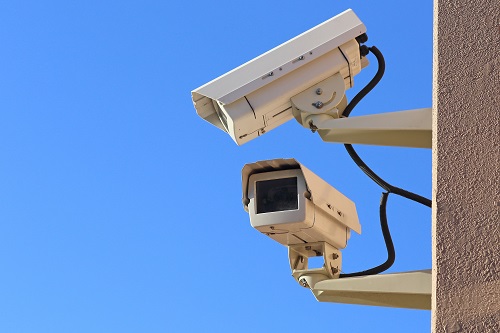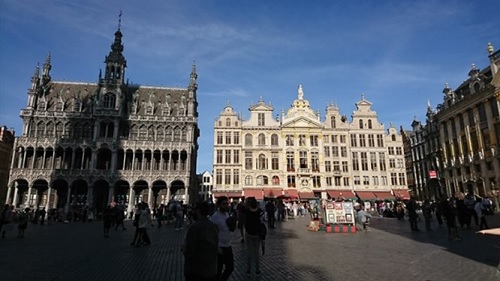
Surveillance cameras have become indispensable to supporting our safe lives.
Surveillance cameras are installed in various places, such as stores, office buildings, train stations, and parks. Dashcams can also be considered a type of surveillance camera. In the detective dramas broadcast on television, we often see scenes where footage recorded by surveillance cameras leads to the arrest of a criminal.
Like digital cameras and smartphone cameras, surveillance cameras have also increased in pixel count and have seen significant improvements in resolution. The reasons for this include improvements in image sensor performance and faster image processing due to enhanced computer performance.
A key difference from consumer cameras is that footage (images) from surveillance cameras installed outdoors is able to show large variations in the brightness of the subjects being recorded. Because they can capture high-resolution images even in low light, footage from surveillance cameras can serve as evidence in cases such as crimes. When low light is amplified to brighten the image, noise components are also amplified, making it impossible to achieve high resolution. Therefore, noise-cancelling functions are added through software, and images taken in dark places are adjusted to resemble those taken of the same subject in bright places.
XELIOS is extremely useful during this verification test. This is because XELIOS allows for an accurate evaluation of the differences between the output images of the test subject and how it appears to the naked eye.

As shown in the photo above, it is common for images taken during the day to contain both sunlit and shaded areas, or be lit from the front in the morning but from the back in the afternoon. This unevenness in luminance of the illuminated object can reduce image accuracy.
XELIOS is used to reproduce such environments.In particular, the super spotlight type (XG-500AFSS), which can irradiate with the same brightness as direct sunlight, is used by many surveillance camera manufacturers.
As surveillance cameras have become smaller, it has become much more difficult to manage the heat generated inside them. This is because the inside of the camera housing is tightly packed with components, making it difficult for heat to escape.
Surveillance cameras used outdoors are exposed to direct sunlight, causing their temperature to rise. The XELIOS Super Spotlight type (XG-500EFSS) is used to test whether cameras can operate properly even during the daytime in summer, when they are exposed to direct sunlight outdoors and the ambient temperature is high.
It is possible to conduct tests by raising the ambient temperature around the camera using a constant-temperature chamber; however, in the case of solar radiation, a temperature difference occurs between the surface of the camera exposed to sunlight and the shaded surface. Raising the ambient temperature using only a thermostatic chamber does not allow for an accurate evaluation. This is when XELIOS demonstrates its full capabilities.
The Super Spotlight type has the same appearance as the standard model shown in the photo. By replacing and adjusting the internal reflector with a total reflection elliptical mirror,it is possible to irradiate with brightness equivalent to direct sunlight (100,000 Lx) or with the same irradiation intensity (1 kW/m²).

In summary, the XELIOS models used for surveillance camera evaluation are as follows.
・For improving image quality, the standard model XG-500AF
・For image quality design when photographing objects with significant luminance unevenness, the Super Spotlight Type XG-500AFSS
・For solar radiation testing of cameras, the Super Spotlight Type XG-500EFSS
For these reasons, our products are chosen by many surveillance camera manufacturers for these sorts of applications and are highly valued in development and design settings.
If you are considering evaluating surveillance cameras under the same conditions as natural sunlight, please feel free to contact us.
・Artificial Solar Lighting XELIOS-500W Series
・Artificial concentrating-type solar lighting (super spotlight type) capable of producing 1 sun (1,000 W/m2) or 100,000 Lx